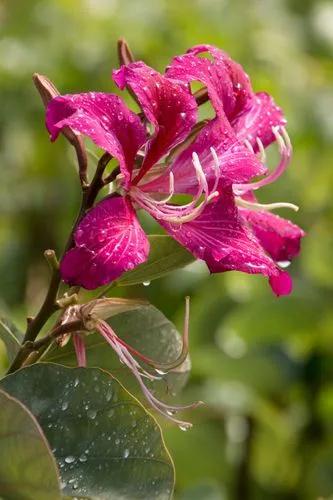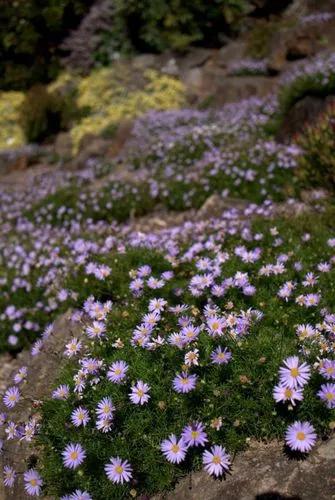Anemones are vibrant and delicate plants sprucing up the look of any garden. It’s a genus with several species, but care requirements are similar (and not too complicated). Anemone’s delicate flowers can please the eye of an experienced gardener and a plant novice.
Windflower Care
Anemone
Other names: Pasqueflower



Windflowers are perennial plants native to cool climates. Long flower stems sprout from leaf clusters at the base of the plant. The flowers vary in color and are usually 2 to 5 inches (5-12 cm) across. Thin and delicate petals make the flowers swing at the lightest wind, hence the name “windflower.” Some windflowers are fall bloomers, while others flower in spring. Most species have corm-type roots, while others have rhizomatous ones.
How to Care for the Plant

Water

When the rainfall is less than 1 inch (2.5 cm) per week, water anemones regularly. Keep the soil lightly moist, but don’t soak the plant in liquid.

Pruning

Prune dead leaves and stems. Other than that, pruning is not needed.

Fertilizer

You can add bone meal fertilizer to the soil in spring for fall bloomers and in autumn for spring bloomers. Other than that, Anemones don’t need fertilizing.

Sunlight

Generally, all Windflowers, even those that prefer partial shade, need at least 4 hours of sunlight. Most species require at least 6 hours of direct sunlight. Place your flowering beauty next to a south-facing window.

Soil

Anemones love moist, well-drained, and slightly acidic soil. Adding compost or leaf mold before planting will make your soil a better home for anemones.

Propagation

You can propagate Anemones by division.
- Dig up the root clumps/corn in the fall when the foliage starts to die.
- Cut off all soft and decayed offset corms if you have a corm type. If you have a rhizome type, shake off most of the dirt, and split the roots into segments. Each segment should contain a part of the crown.
- You can replant it immediately or keep the roots in a dry and cool place until spring arrives. If you choose to keep roots until spring, soak the roots in water before replanting.

Temperature

Anemones are pretty hardy. 58 to 65°F (14-18°C) during the day and 42-50°F (5-10°C) at night are perfect for most species. Some species like colder temperatures, while others thrive in warmer climates. Pick one that fits your hardiness zone.

Container

Anemones are mostly grown outdoors. If you grow it in the pot, ensure it has good drainage.

Fun fact

The Greek word “Anemos” is translated as “wind.”

Popularity

110 people already have this plant 25 people have added this plant to their wishlists
Discover more plants with the list below
Related articles






